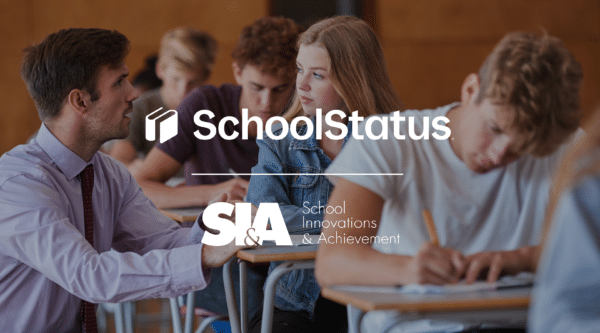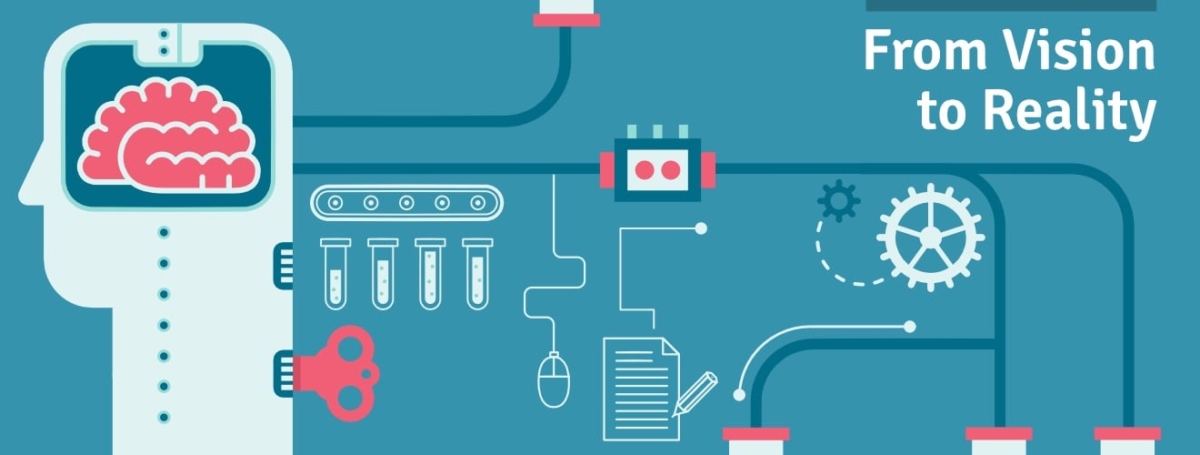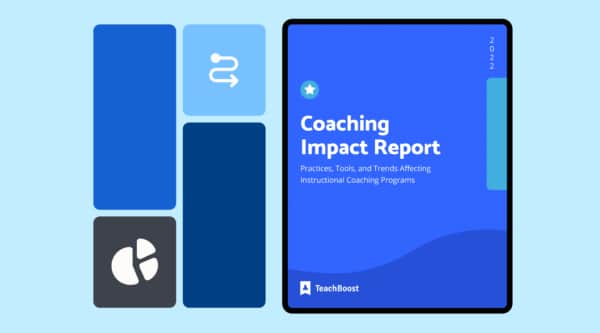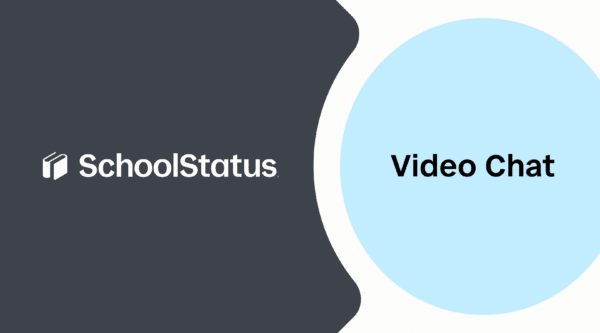

As a transformational instructional leader, you’re visiting classrooms every day and delivering frequent, meaningful feedback. Have you checked to make sure the feedback you’re giving is calibrated with your peers and aligned to your district’s observational rubric?
If not, you may be leading your teachers down a confusing path.
Honest, calibrated, and consistent feedback is beneficial to all stakeholders:
- Teachers receive reliable feedback regardless of observer, become fluent in the language of the rubric, and understand how they can improve over time.
- School leaders establish trust among their staff, eliminate guesswork, avoid accusations of favoritism, and rely on their rubric to deliver clear and consistent language.
- District leaders leverage ratings to get a clear snapshot of educator performance and plan differentiated professional development.
However, delivering honest feedback—particularly feedback that is critical in nature—is easier said than done. Here are tips from school and district leaders on how to overcome the challenges associated with calibration.
1. Adopt a Common Framework
“We were very deliberate in the development and adoption of a framework of instruction that would ensure that we had a common language and understanding as we discussed instructional strategies and student learning,” says Dr. Luther Heller, superintendent of Montevideo Public Schools in Minnesota. “It was this common framework of instruction that provided the basis of the teacher growth and development model that was developed and implemented district-wide.”
To create buy-in and accountability from the outset, the Montevideo sought input from its teachers and leaders before finalizing the framework. This is considered a calibration exercise, as it means that all stakeholders have read, reflected on, and approved a set of standards, along with its accompanying performance rubric. It also sets expectations around feedback and language.
“The net result,” adds Dr. Heller, “is that teachers have come to expect consistent, meaningful feedback tied to the rubric.”
For more details on Montevideo’s story, check out this webinar.
2. ABC: Always Be Calibrating
Adopting a common framework is only one step in a continuum of professional learning and instructional leadership; in order to ensure a sustainable and consistent implementation of an instructional framework, districts need to provide robust, ongoing support and training.
“Norm every year, because every year there’s a lot of work to be done,” says Nataki Gregory of CT3, an instructional coaching and PD organization. “It’s important to spend time norming feedback across a district so that you can rely on administrators’ lenses to correctly identify educator strengths and needs. As Chief Academic Officer at Achievement School District, I found that this calibration work allowed us to trust the data coming out of TeachBoost, which enabled us to plan more personalized professional development.”
Districts employ a number of tactics for norming their instructional leaders:
- Framework deep-dives
- Pre-recorded video observations
- Group walkthroughs, followed by post-observation debriefs
- Peer-facilitated professional development
For any of these activities to work, though, the district must provide the time, space, and on-the-ground support needed for leaders to internalize the lessons learned.
“We provide considerable professional development to administrators and faculty relative to both our framework and our growth and development model,” adds Dr. Heller. “Consequently, among administrators, there is a high level of inter-rater reliability as they provide that consistent and meaningful feedback.”
3. Leverage Ratings as a Calibration Tool
Rating teacher performance may be a controversial topic among your staff—in some instances, it can muddy the conversation around professional growth. “The interpersonal, relational aspect of evaluations is hard,” says Kate Sugarman, manager of Oakland Unified School District’s Teacher Growth and Development System. “The whole idea of rating a teacher’s practice when we all know that teaching is hard, it’s a labor of love, educators are underpaid, and so on, means there’s a reluctance to rate anyone, or to give any rating beyond a high one.”
One clear indicator that you need to invest time in norming your feedback is if the majority of your teachers begin the year with glowing ratings. “If all teachers start out at highly effective,” says Gregory, “how can anyone trust the numbers? How can anyone grow? And why aren’t all students thriving at all times?”
Before providing ratings to teachers, consider carefully the culture of your school or district (review earlier posts in our Vision to Reality series for more information). Even if assigning ratings to teacher performance doesn’t jive with your leadership vision or district culture, you can still leverage ratings for the purposes of calibration among your administrative team.
Technology platforms like TeachBoost make it easy to share with teachers your observation evidence and feedback, but retain ratings as a calibration-only tool. In other words, you can leverage ratings as a way to track growth and calibrate with your peers without adding a quantitative layer to your teacher feedback.
If your culture supports sharing performance ratings with your teachers, you may still be hesitant to deliver ratings or feedback this are critical. How will teachers react? Will it help or hinder their growth?
Linda Rosenbury, founder of the Brooklyn Urban Garden Charter School, suggests involving teachers in a discussion around critical feedback and ratings. Once again, this promotes buy-in and mutual accountability across staff, and it sets the stage for an honest two-way dialog about performance. “Promote to your teachers the idea that establishing a baseline at the beginning of the year is a good thing,” says Rosenbury. “An initial rating is not a judgment on teacher performance, because at the start of the year, it’s not just about the teachers—it’s also about the students. We’ve learned that it takes students months to get used to the classroom climate and culture, and to get into a groove with a teacher.”
Follow-Up Activity!
Invite a colleague to join you as a co-observer on your next classroom walkthrough, then compare notes. You both observed the same teacher delivering the same lesson—is that where the similarities ended?
This is part of TeachBoost’s ongoing blog series, “From Vision to Reality: Pulling the Right Levers for Transformational Instructional Leadership.”
Chapter 2: Do the Work
Now that you’ve laid the groundwork for transformational instructional leadership, you’re ready for the next step: getting the work done.
Schools and districts employ various strategies for prioritizing observations and feedback. In this post and the next few that follow, instructional leaders reflect on the four most important steps all educators must take to turn their vision into a reality.
- Get into Classrooms
- Deliver High-Quality Feedback
- Always Be Calibrating
- Look for Growth, Not Gotchas
Check out all the posts in our series, then subscribe to have new posts delivered to your inbox.
{{cta(‘417de94b-2f71-4123-a807-1f4438f581c5′,’justifycenter’)}}
Stay Connected
News, articles, and tips for meeting your district's goals - delivered to your inbox.









